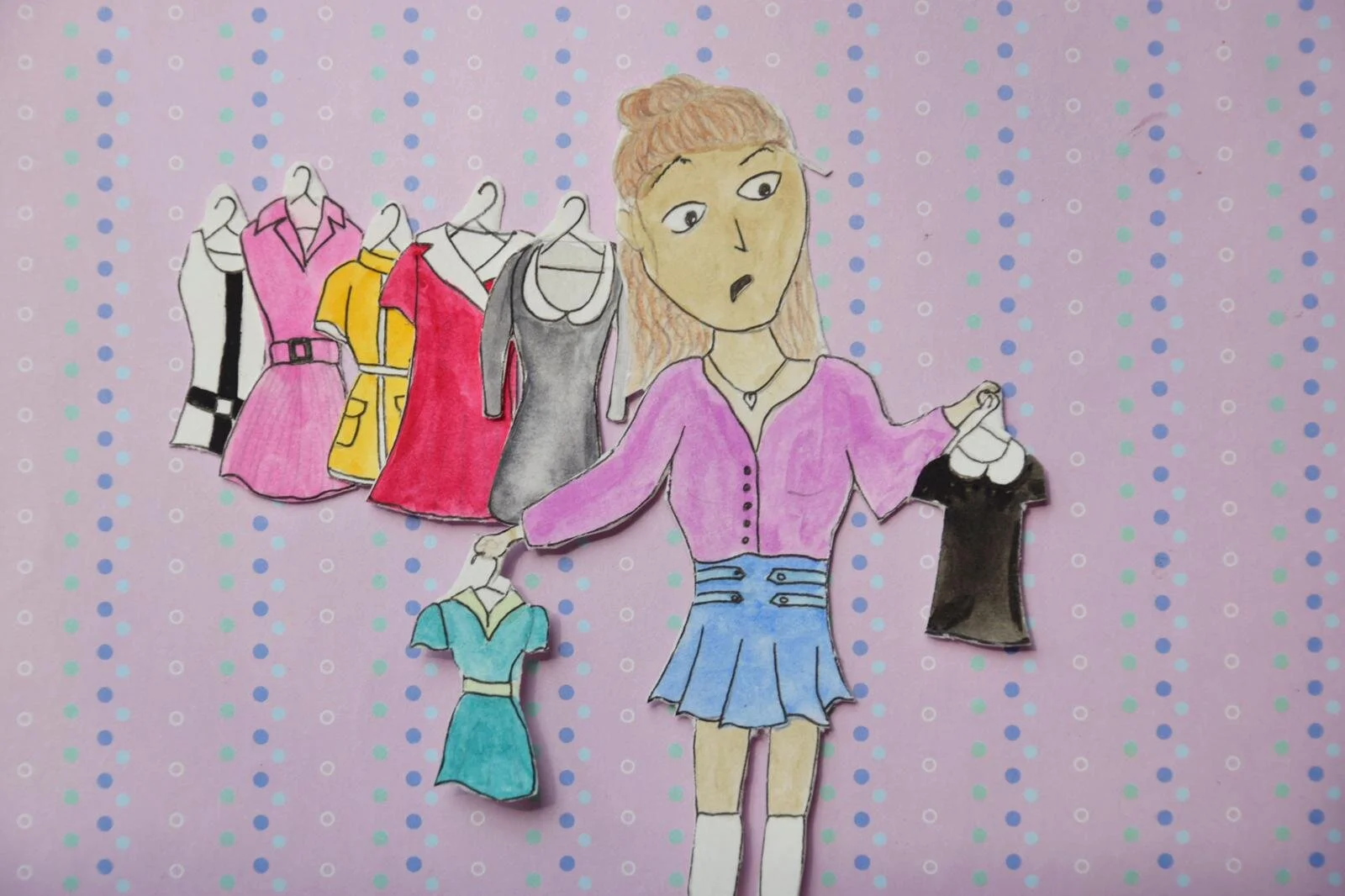The Privileges Associated with Sustainable Shopping: One Size Does Not Fit All!
By Maeve Winters
It’s 2021, and the world is in chaos. Last year saw Greta Thunberg’s activism bring the reality of global consumerism and the fast-fashion world to light. Pictures dominated the internet of unsafe factories chockablock with underage and underpaid workers, as well as rivers dyed unnatural colours by the latest fashion trends and mountains of discarded clothing piling up on beaches. Much of the world decided to try and find a more sustainable way of dressing and living before it’s too late. Vintage and second-hand clothing seemed like the way to go, but sadly the solution isn’t quite as easy as it sounds. The age-old problem of size-oriented discrimination is just as much of an issue in the world of sustainable fashion as it is on the runway in New York.
Vintage clothes are notoriously tiny, and with the average dress size for an Irish woman being 16, they don’t always cater to the appropriate market. Not only are vintage clothes out of the question for a lot of the population, it seems that in some cases charity shops are actually contributing to the problem by turning plus-sized donations away. Harrowingly, journalist Marie Southard Ospina wrote that “One woman told me ‘plus sizes just don’t sell for us, so we don’t keep stock above an 18 usually.’ Another told me ‘there just aren’t many plus size people around so we end up having to get whatever we can’t sell taken to landfill.’ All of my clothes were between sizes 22 – 26”. With charity shops and vintage outlets simply not catering to the plus-sized market, anyone fitting into this category is forced to shop on the high street rather than spend fruitless, disappointing hours searching through doll-sized clothes that wouldn’t fit my fourteen-year-old cousin.
Trends are a problem in the world of fashion as a whole in terms of the environmental impact of the billions of clothes discarded after one or two wears, but how often do we stop and think that they may lead to discrimination as well? In December 2019, award-winning columnist Stephanie Yeboah called out the trend of buying ‘oversized’ vintage clothing in an article for Metro.co.uk; with people who can fit into sizes 6, 8, and 10 hitting the vintage shops searching for sizes 18 and upwards in order to emulate the likes of Billie Eilish, it means that not a lot of plus-sized clothes are left on the shelves for those who actually need them.
So , what can we do in order to take the privilege of sustainable shopping away and make it more accessible to everyone?
Fortunately, there are solutions out there, but they’re going to require a bit of work on the part of sustainable retailers in order to make them the norm instead of the radical. There are a great many sustainable clothing brands which carry plus-sizes: Everlane, Reformation, and Patagonia are some examples. The catch? They’re all American, and the air miles required for shipping their clothes over to Ireland would counteract the environmental benefits of buying from them. However, it begs the question; if America can do it, why can’t Europe? With more and more people looking for sustainable plus-sized clothes such as Southard Ospina and Yeboah, vintage brands would be foolish not to snatch up this marketing opportunity. Ireland has already produced some fundamental examples of how even small businesses can be inclusive of all sizes. Sustainable Fashion Dublin held a swap shop in October 2019, specifically for those seeking plus-sized clothes and it was a roaring success.
Furthermore, are tailor-made garments really a thing of the past? Irish Instagram legends @lil_bits and @sew_it_seems stock comfortable, versatile, and sustainable fleeces from size XS all the way through to XXL. With their stock drops selling out in minutes, it’s clear that tailor-made clothes need not merely be something we associate with the youths of our grandmothers, but something we can strive towards attaining ourselves. With a reduction in conditioning by fast-fashion outlets to abide by the laws of the trends and increased catering towards plus-sized individuals, we as a global population can make sustainable living not just a privileged way of life, but an earth-saving option for all.

